The experts presented the main changes in the socio-economic development of the region that have occurred during the last years of active reforms.
The Namangan region is one of the most fertile lands of Uzbekistan, located in the Fergana Valley, bordered in the west by the Tashkent region, in the south and east by the Fergana and Andijan regions.
In recent years, industrial production in Namangan has been developing rapidly. As a result, the region is rapidly growing the textile, clothing and food industries, including the leading branches of primary processing of raw cotton, as well as the production of building materials and woodworking. Small industrial zones have been created, as well as free economic zones in the Kasansay and Chust regions are fully provided with all infrastructure.
Gross domestic product of the region (GRP) for 2017-2020 increased by 21% and amounted to 27.9 trillion soums.
Industrial production increased from 3.5 trillion soums to 11.0 trillion soums (growth 58%).
Agricultural production increased by 12%, from 8.7 trillion soums in 2016 to 19.8 trillion soums in 2020.
The number of operating enterprises in the region increased by 45% from 23.5 thousand in 2016 to 34.0 thousand in 2020.
In the field of infrastructure development, 63 km of gas pipelines and 1,970 km of water supply networks were laid in 2016-2020.
For five years, about 159 thousand jobs were created in the Namangan region.
During the same period, 6,364 thousand square meters of housing were commissioned in the region, 12.3 thousand places were created in preschool institutions, 28.1 thousand places in schools, 2.9 thousand hospital beds.
One of the “drivers” of economic growth in the region is the textile industry, the level of technological development of which makes it possible to produce high-quality finished products. At the same time, it is planned to bring the level of cotton yarn processing in the region to 95%.
Taking into account the traditions of goat breeding historically established in the Pap and Chust districts of Namangan region, this direction will receive a new impetus for development - it is planned to implement investment projects to create industrial clusters for processing goat wool and the production of finished wool products with the prospect of their further export.
In total, after the implementation of all investment programs and the use of the above "drivers" of economic development, 2,148 projects with a total value of 13.1 trillion soums will be implemented in the Namangan region during the 2020-2021. This reforms will create more than 55 thousand new jobs.
Center for Economic Research and Reforms

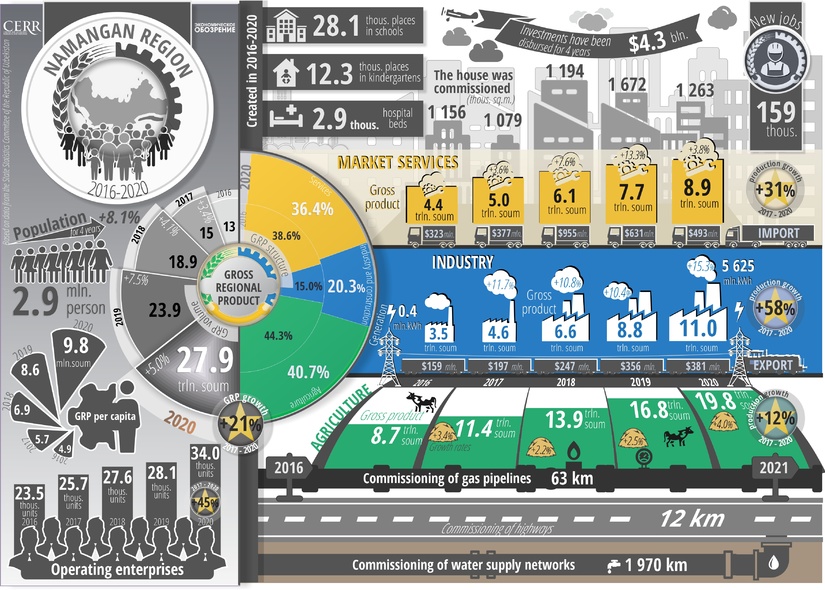

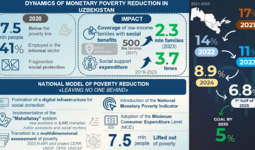
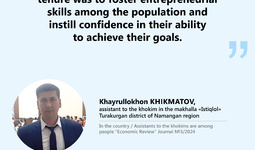
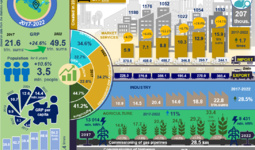
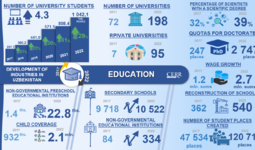
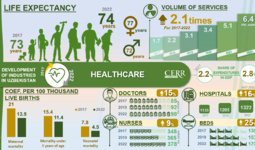













leave a comment